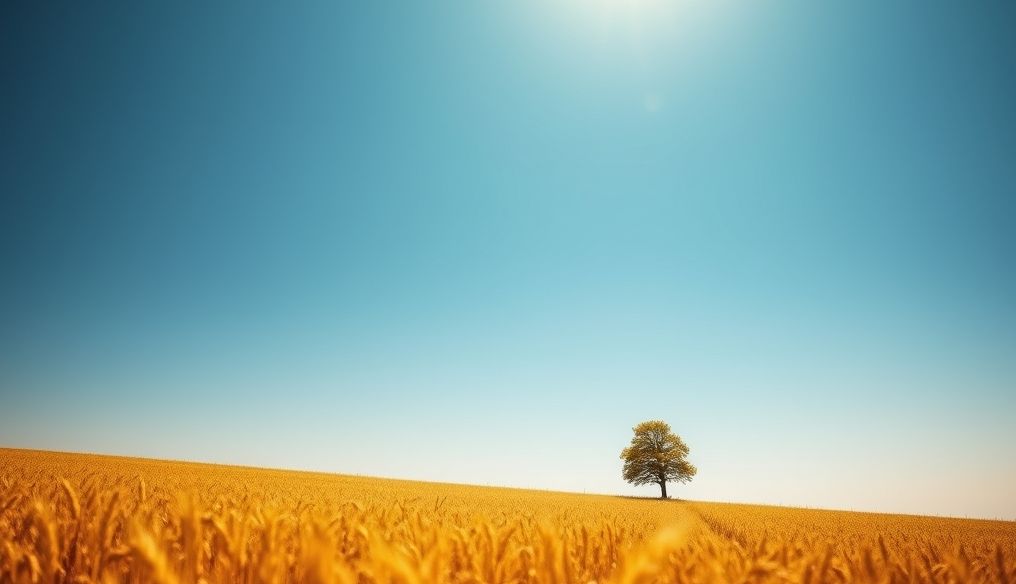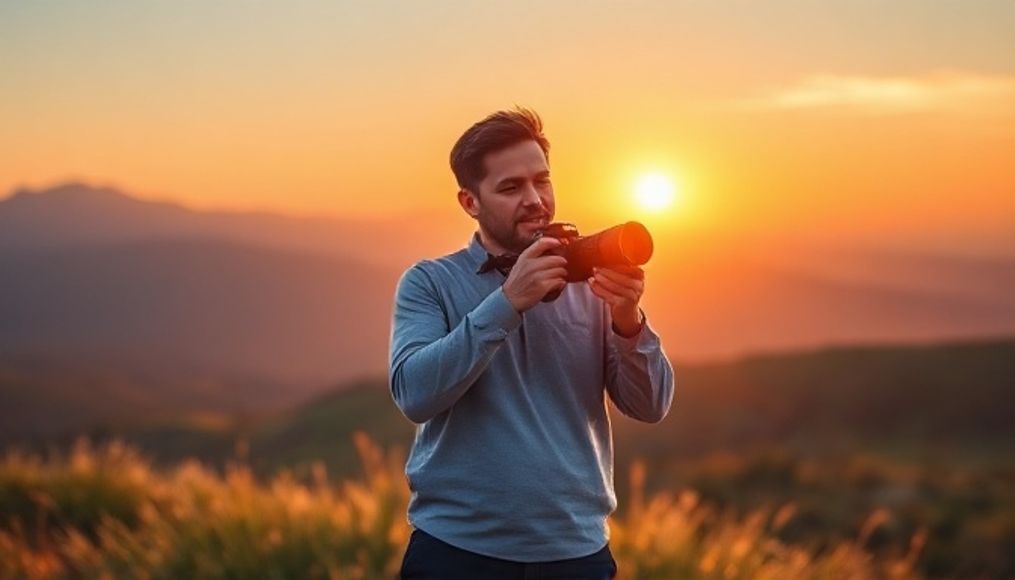What is the Rule of Thirds?
The rule of thirds is a compositional guideline in photography that's based on dividing an image into nine equal parts using two equally spaced horizontal lines and two equally spaced vertical lines. These lines create four intersections, and these intersections are considered points of strong visual interest.
The basic idea is to place important elements of the scene along these lines or at the intersections. This creates a more visually appealing and balanced composition than simply placing the subject in the center of the frame.
Why Use the Rule of Thirds?
Using the rule of thirds has several benefits:
- Creating Visual Balance: It helps distribute elements in the image in a balanced way, making it more pleasing to the eye.
- Attracting Attention: Guiding the viewer's attention to important elements in the photo by placing them at points of interest.
- Adding Depth and Perspective: It helps create a sense of depth and perspective in the image.
- Breaking Monotony: Avoiding placing the main subject in the center of the image, which can make the image look dull and undynamic.
How to Apply the Rule of Thirds in Photography
To apply the rule of thirds, you can follow these steps:
- Visualize the Grid: Imagine a grid consisting of two horizontal lines and two vertical lines dividing the image into nine equal parts.
- Identify the Main Subject: Identify the most important element in the scene you want to photograph.
- Place the Subject on the Lines or Intersections: Try to place the main subject along one of the lines or at one of the intersections.
- Balance the Image: If the main subject is on one side of the image, try to balance the image by adding another element on the opposite side.
- Experiment with Different Angles: Don't hesitate to experiment with different angles to find the best composition.
Examples of Using the Rule of Thirds
Let's look at some examples of how to use the rule of thirds in different types of photography:
Landscape Photography
In landscape photography, you can use the rule of thirds to place the horizon line on one of the horizontal lines. For example, if you are photographing a scene of the sea with a clear sky, you can place the horizon line on the bottom horizontal line if you want to focus on the sky, or on the top horizontal line if you want to focus on the sea.
You can also place other elements in the scene, such as trees or rocks, along the vertical lines or at the intersections.
Portrait Photography
In portrait photography, you can place the person's eyes on one of the horizontal lines, or place their entire face at one of the intersections. This will help draw the viewer's attention to the person's face and create a more appealing image.
Still Life Photography
In still life photography, you can use the rule of thirds to distribute the different elements in the scene in a balanced way. For example, you can place a large fruit at one of the intersections, and place smaller fruits along the other lines.
Breaking the Rule of Thirds
Although the rule of thirds is a powerful tool, it's important to remember that it's not a fixed rule. Sometimes, it may be better to break the rule to create a certain effect.
For example, if you want to create a feeling of loneliness or isolation, you can place the main subject in the center of the image. Or, if you want to create a feeling of tension, you can place the main subject in the corner of the image.
Additional Tips for Improving Photo Composition
In addition to the rule of thirds, there are many other tips that can help you improve your photo composition:
- Use Leading Lines: Use the lines in the scene to guide the viewer's attention to the main subject.
- Look for Patterns: Look for repeating patterns in the scene and use them to create a more appealing image.
- Fill the Frame: Fill the frame with the main subject to create a powerful and impactful image.
- Leave Negative Space: Leave empty space around the main subject to create a balanced and pleasing image.
- Experiment with Different Angles: Don't hesitate to experiment with different angles to find the best composition.
Tools to Help You Apply the Rule of Thirds
Many cameras and smartphones have a "rule of thirds grid" feature that you can enable in the settings. This feature displays a grid on the display screen to help you compose images using the rule of thirds.
In addition, there are many photo editing apps that allow you to apply the rule of thirds to existing images.
Practice and Training
The best way to master the rule of thirds is through practice. Start applying the rule to the photos you take daily, and notice how it affects the look of the images. Over time, the rule of thirds will become a natural part of your creative thinking process.
Conclusion
The rule of thirds is a powerful tool that can help you improve your photo composition and make it more appealing. By understanding this rule and applying it regularly, you can take your photography skills to the next level.




